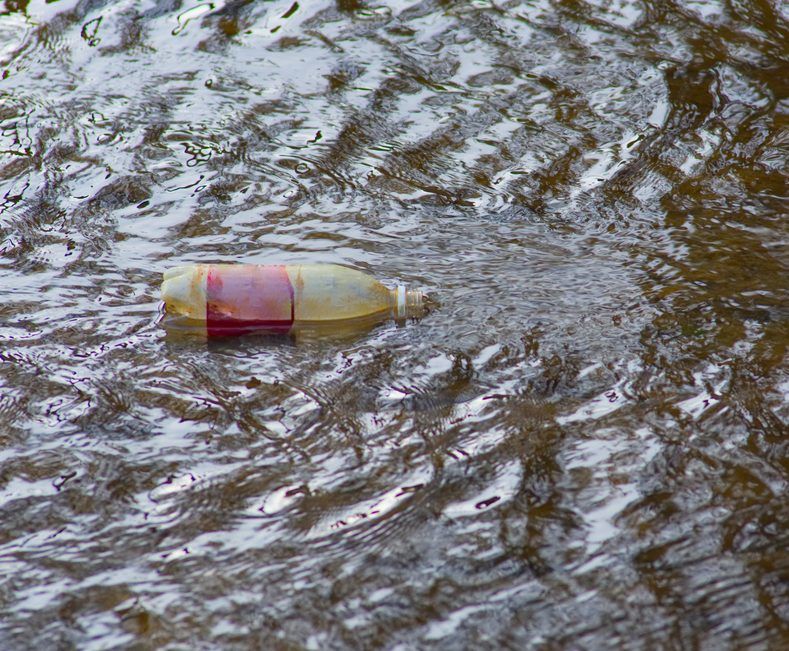The Lishtot company, founded in 2015, has a unique goal. To empower people by giving them access to more information about their water. Mainly, whether or not its safe to drink in an inexpensive, easy to use way.
According to WHO, over 500,000 people die from just one of the many contaminants that are present in water and over 600 million people take drinking water from unprotected wells, springs rivers, lakes and ponds.
Hence the need for an inexpensive solution.But who would have thought it would turn out looking so cool?
The TestDrop unit Lishtot developed is just a little larger than a bottle cap and is about half a centimetre thick. The blue plastic casing is shaped like a teardrop and when you hold between your fingers it looks almost like a guitar pick with three buttons on one side.
There are two lights near the pointed part of the device, one blue and one red. Here’s where it gets really wild… to test the water, all you do is pour some water in a cup, then move the TestDrop up and down along the outside with the pointed end towards the water.
In a few seconds either the blue light will flash, indicating clean water, or the red light will flash to signal that there is a contaminant. No test strips, no diluting samples or adding chemicals. Nothing. It doesn’t even send any signals into the water so the common watch battery it uses will stay strong for years.
It tests the water based on a scientific principle that has been well known for hundreds of years. Every substance in our universe is made of atoms and each atom has bits of electricity spinning around inside of it at a different speed. The moving electricity on the inside creates an energy field on the outside (also known as an electromagnetic field or EM field for short). And just like no two fingerprints are the same, no two molecules have the same type of electromagnetic field. By measuring the different fingerprints in the water you can find out exactly whats in it. The problem, however, is those small energy signatures are very weak and throughout history, we’ve spent millions of dollars on equipment just to learn about how things work on this scale.
Thanks to the dramatic pace of technology over the last hundred years, powerful sensors like this are now becoming smaller, more powerful. In this case, the TestDrop invented by Lishtot costs less than a tank of gas. About $50 dollars to be exact. And while this still may be a fortune to a person in a third world country that needs it most, it may find interesting uses in NGO’s and other humanitarian organizations that buy it in bulk and start including it in their distributions.
The TestDrop can be used to test for lead, chlorine, E. Coli, dissolved animal matter, among other things and it can be used on its own or can be connected to a smartphone via Bluetooth for detailed graphs and data.
It has been subject to third-party testing and so far has clocked 100% accuracy. Good to know when clean water can literally be the difference between life and death.
What’s really cool, in my opinion, is what this technology could mean for the future. If you can scan a glass of water for contaminants in a non-invasive way, how much different would it be to scan a human body for ailments in the exact same manner as Dr. Bones does with a Star Trek medical tricorder? The principle is the same in both cases.
Imagine the next time you go to the doctor and common practice is to hold a cell phone sized device to the outside of your skin and within seconds knows the exact composition of your blood, be able to detect cancer or any other disease?
Sure, the human body is much more complex than a single glass of water and a handheld medical scanner isn’t going to make a splash in society for a while but…it may be closer than we think. The human body is about 60% water after all…


